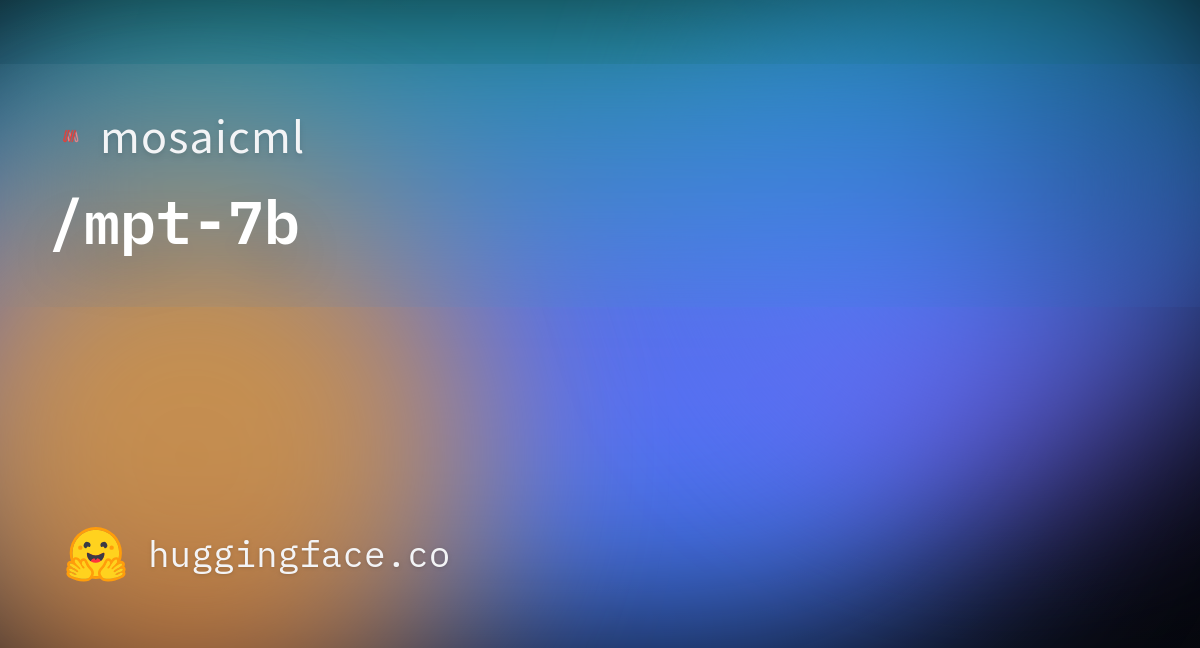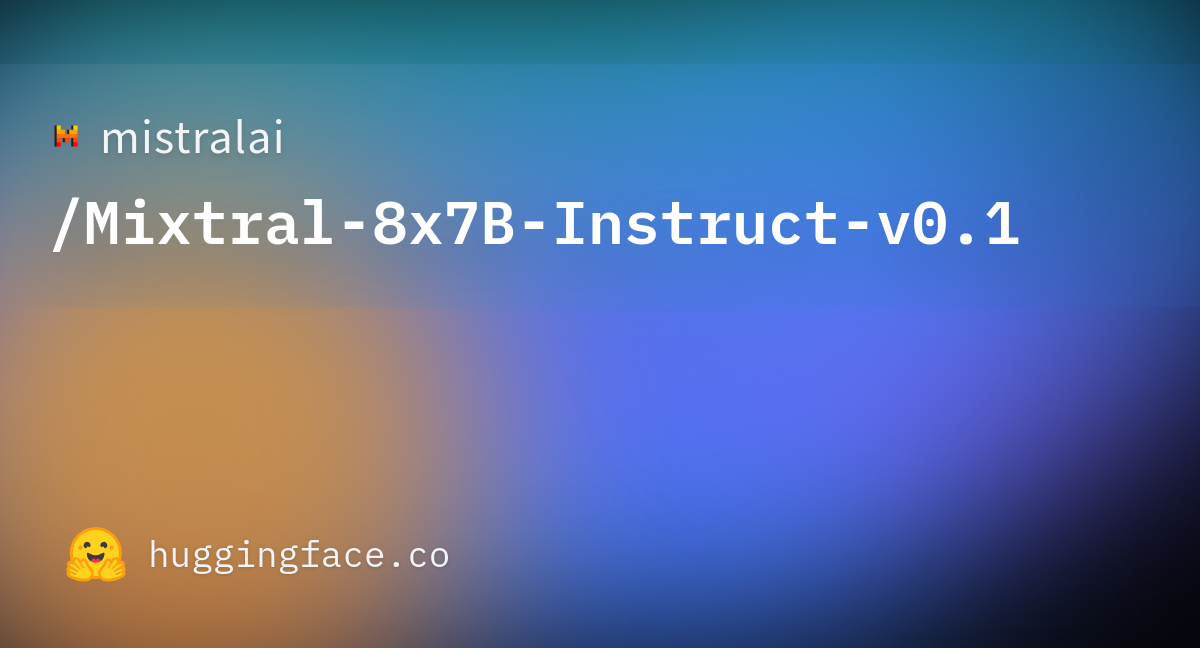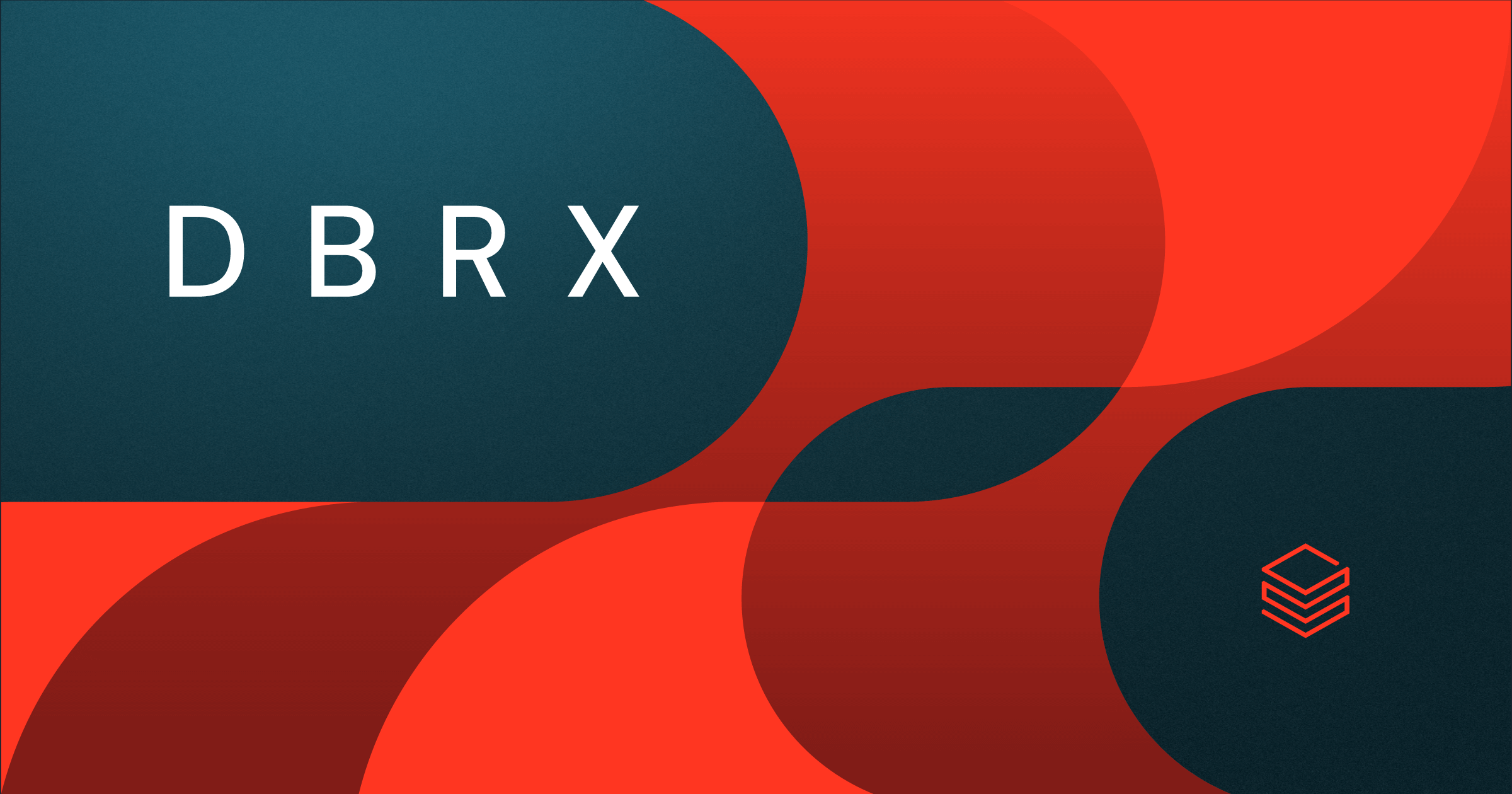Top 6 Open-Source LLM Models in 2024: Unveiling the Models and Their Impact on AI

The world of Artificial Intelligence is witnessing an era of profound transformation. At the forefront of this revolution stand Large Language Models (LLMs), capable of processing and generating human-like text with remarkable fluency and comprehension. Once the exclusive domain of tech giants, the open-source movement is fostering a new era of accessibility, making these powerful tools available to a broader audience. This blog delves into the top 6 open-source LLMs shaping the LLM landscape in 2024, exploring their unique strengths and the transformative potential they hold for the future of AI.
1. Llama 2 (Meta AI): The Champion of Trust and Safety

In a world increasingly concerned with bias and misinformation, Llama 2 from Meta AI prioritizes trust and reliability. This makes it a perfect fit for sensitive applications such as healthcare analysis and legal research. Meta AI meticulously achieves this focus through rigorous data filtering, human review processes, and adversarial training techniques. Imagine Llama 2 as a reliable research partner, meticulously fact-checking and verifying information, ensuring the highest levels of accuracy in its outputs.
2. Falcon (UAE's Technology Innovation Institute): Unleashing Untamed Power

The Falcon 40B model, developed by the UAE's Technology Innovation Institute, boasts raw power that rivals, and even surpasses, the mighty GPT-3. This powerhouse LLM excels in text generation and translation tasks, pushing the boundaries of what LLMs can achieve. Fueled by a high-quality data pipeline and efficient scaling techniques, Falcon unlocks a new level of capability. Open-source versions and specialized models like Falcon-7B further democratize this power, accelerating NLP research for a global audience.
3. MPT-7B (MosaicML Foundations): The Efficiency Expert

MPT-7B, developed by MosaicML Foundations, stands out for its ability to tackle complex tasks with remarkable efficiency. This translates to cost-effective solutions for businesses and researchers with limited resources. MosaicML accomplishes this feat through optimized code and a massive 1 trillion token dataset. Specialized models like MPT-7B-Instruct and MPT-7B-Chat cater to specific needs, unlocking data-driven insights for various applications, from building intelligent chatbots to enhancing customer service interactions.
4. Bloom (BigScience): The Maestro of Multilingual Communication

Bloom, a collaborative effort by BigScience, shatters language barriers with its proficiency in a staggering 46 languages (and constantly growing!). Its diverse training data and open-source nature foster collaboration in cross-cultural NLP tasks. This opens doors for global communication and information exchange, promoting a more inclusive AI landscape. Imagine a world where language is no longer a barrier to understanding and collaboration; Bloom paves the way for this future.
5. Mixtral-8x7b-instruct-v0.1 (Element AI): The Well-Rounded Contender'

Mixtral, developed by Element AI, strikes a perfect balance between performance and usability. It consistently ranks at the top of LLM benchmarks for both machine translation and chatbot performance. This versatility makes Mixtral a powerful tool for a wide range of applications. Businesses can leverage Mixtral to build intelligent chatbots that enhance customer service experiences, while researchers can utilize it for a variety of NLP tasks, from sentiment analysis to text summarization.
6. DBRX Series (Databricks): The Scalable Specialist

Databricks offers a range of open-source DBRX models designed for scalability on Apache Spark. This makes them ideal for big data analytics and large-scale NLP tasks. The DBRX series caters to diverse needs, with options focusing on specific tasks like text summarization, question answering, and sentiment analysis. Imagine analyzing massive datasets of customer reviews or social media posts to extract valuable insights; the DBRX series empowers researchers and businesses to achieve just that.
Beyond the Models: The Power of Open-Source Collaboration
The open-source LLM landscape thrives not just on individual models, but on the collaborative spirit that drives innovation. Platforms like Hugging Face and Papers With Code play a crucial role in knowledge sharing, rapid innovation, and building a diverse community of researchers, developers, and enthusiasts. This collaborative spirit accelerates the pace of NLP advancements, benefiting everyone involved. Open-source LLMs empower not just tech giants, but individuals, businesses, and research institutions to leverage cutting-edge technology and contribute to the future of AI.
The Transformative Potential of Open-Source LLMs
The democratization of AI through open-source LLMs holds immense potential. Here's a glimpse into the transformative possibilities:
- Enhanced Creativity and Productivity: LLMs can assist writers, artists, and designers in overcoming creative blocks and generating new ideas. Imagine a world where writers can leverage LLMs to brainstorm plot concepts, or artists can utilize them to create unique design elements. LLMs can also empower researchers and scientists to analyze vast amounts of data and generate new hypotheses, accelerating scientific discovery.
- Revolutionizing Education and Learning: LLMs can personalize learning experiences by tailoring educational content to individual needs and learning styles. Imagine a language learning platform that leverages LLMs to provide students with customized practice exercises and real-time feedback. LLMs can also be instrumental in creating intelligent tutoring systems that can answer student questions and provide targeted support.
- Democratizing Access to Information: LLMs can bridge the language gap and make information accessible to a global audience. Imagine a world where scientific research papers or news articles can be translated into multiple languages in real-time, fostering a more inclusive information landscape. Additionally, LLMs can be used to develop intelligent search engines that can understand the nuances of human language and deliver more relevant search results.
- Transforming Customer Service: LLMs can power intelligent chatbots that can answer customer queries, resolve issues, and provide personalized recommendations. This can significantly improve customer service experiences and reduce wait times. Imagine a customer service chatbot that can not only answer questions but also understand the emotional intent behind them, providing a more empathetic and helpful interaction.
- Empowering Businesses: LLMs can be used to analyze customer data and identify trends, predict market shifts, and optimize marketing campaigns. They can also be used to automate repetitive tasks, freeing up human employees to focus on more strategic work. Imagine a business that leverages LLMs to analyze customer reviews and social media sentiment to gain valuable insights into customer preferences, ultimately leading to improved products and services.
FAQ's
- Is there an open-source LLM?
Yes! There are many open-source LLMs available. Some examples include Llama 2 (Meta AI), Falcon (UAE's Technology Innovation Institute), MPT-7B (MosaicML Foundations), Bloom (BigScience), Mixtral (Element AI), and the DBRX series (Databricks).
- Are there free LLMs?
Many open-source LLMs are free to use, but some may have limitations on commercial use or require specific hardware to run.
- Does ChatGPT use LLM?
Yes, ChatGPT is powered by an LLM, but it's not open-source (developed by OpenAI).
- Is Bert LLM open-source?
The base code for BERT is open-source. However, pre-trained models might have limitations depending on the source.
- Is there any free LLM API?
Some open-source LLMs offer free APIs with limitations on usage or features. Hugging Face is a popular platform for accessing open-source LLM APIs.
- Are all Hugging Face models open-source?
Not all, but many models are open-source. Hugging Face indicates the license associated with each model.
- What are the benefits of open-source LLMs?
- Transparency: You can see how the model is built and trained.
- Customization: You can fine-tune the model for your specific needs.
- Collaboration: It fosters innovation within the AI community.
- Accessibility: It makes powerful technology more accessible.
- What is the best open-source LLM?
There's no single "best" option. It depends on your needs. Some models excel in text generation, while others are better for translation or question answering. Consider your task, desired features, and resource availability when choosing an LLM.
- What does open-source LLM mean?
An open-source LLM means the source code and training data are freely available for anyone to access, use, and modify.
- What is an open-source large language model?
An open-source large language model is a powerful AI tool trained on massive amounts of text data. You can use it for various tasks like generating text, translating languages, writing creative content, and getting answers to your questions. The key aspect is that the underlying code and data are freely available.






